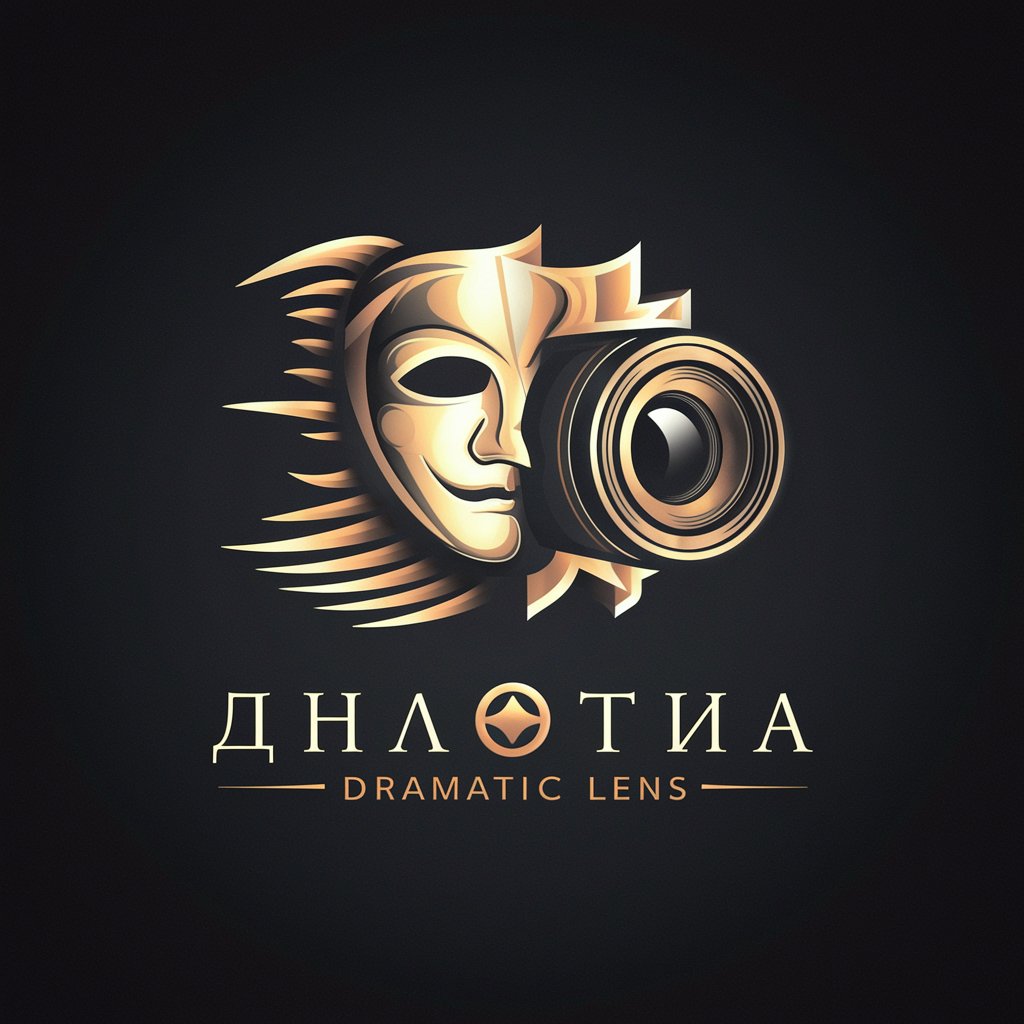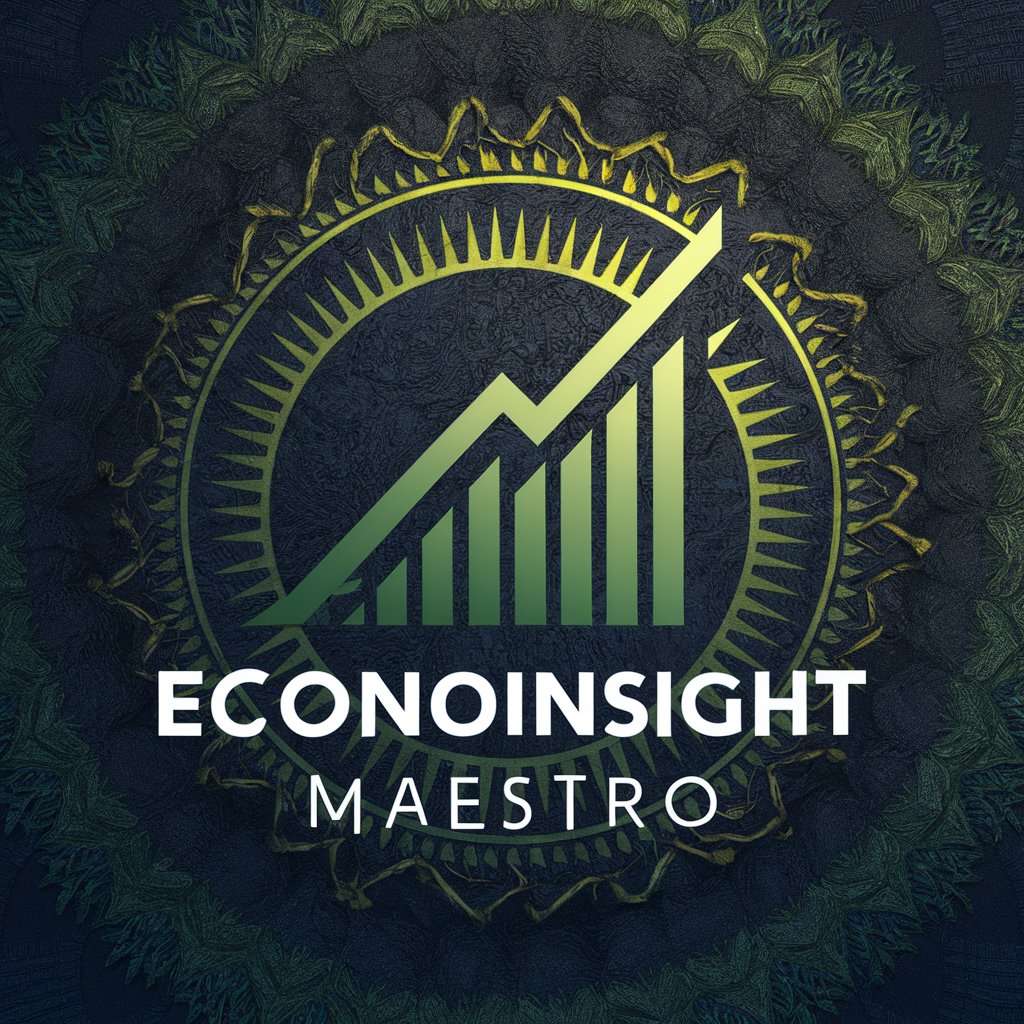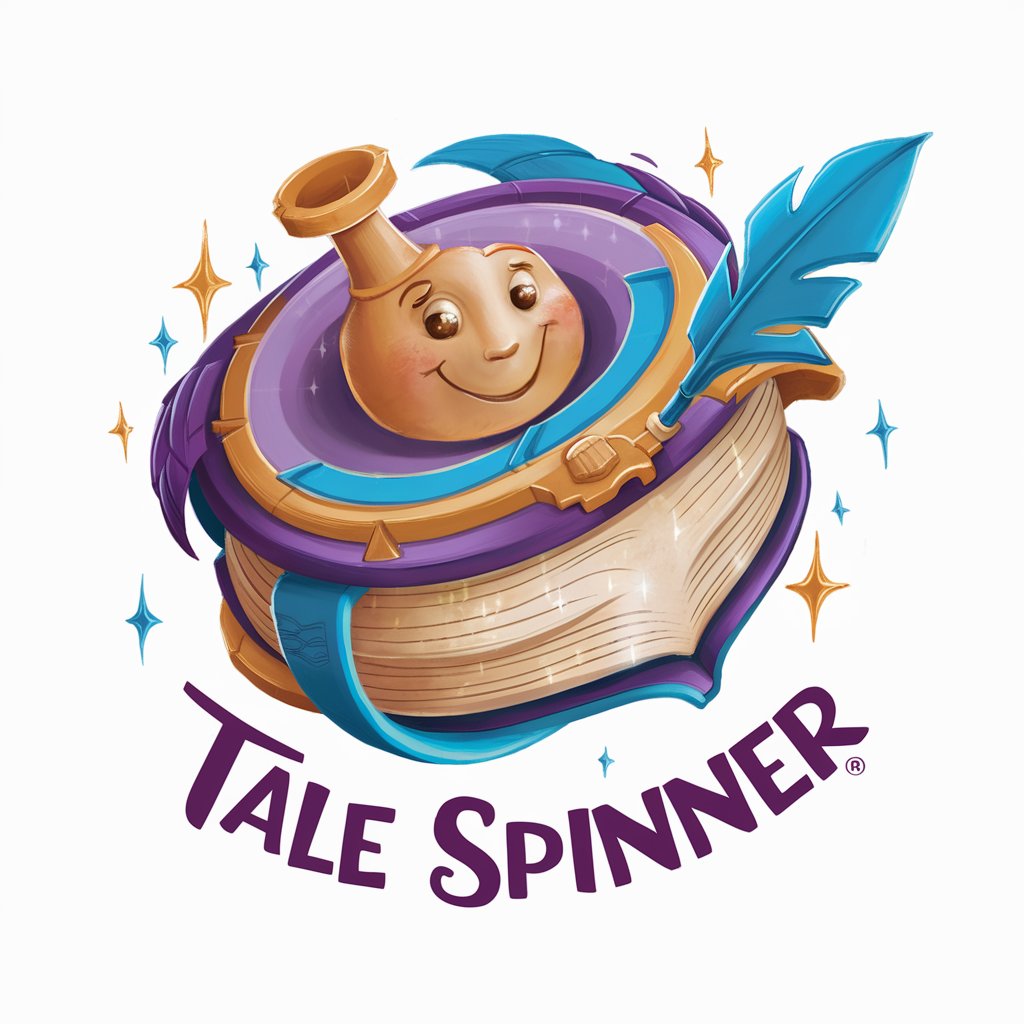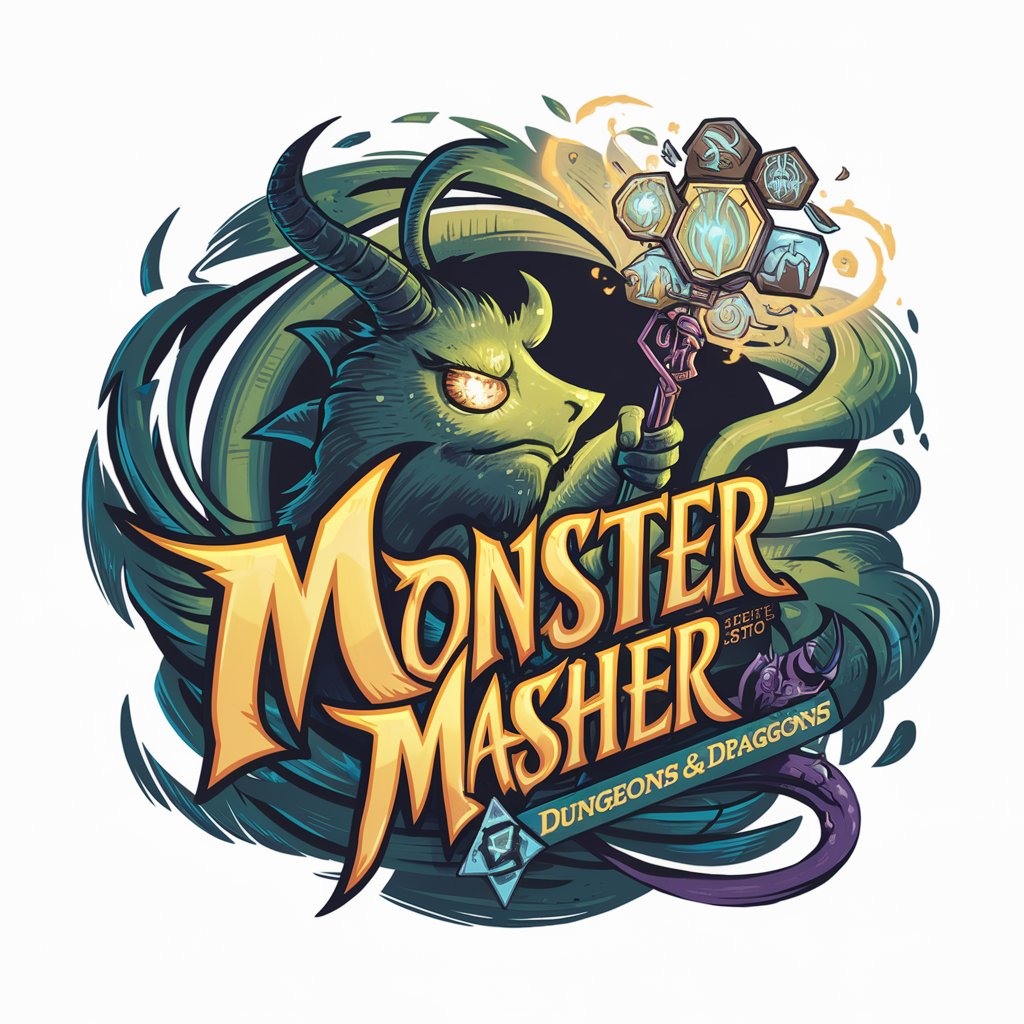
戲鏡 - Dramatic Lens - Dramatic Expression Aid

Welcome to Dramatic Lens, where emotions come to life.
Elevate Your Story with AI
Describe a scene where the protagonist faces a dramatic revelation, emphasizing their internal conflict.
Suggest a cinematography technique to enhance the emotional tension in a pivotal confrontation.
Outline a character development arc for an actor playing a deeply conflicted role.
Recommend a combination of camera angles to capture the intensity of a climactic moment.
Get Embed Code
Introduction to 戲鏡 - Dramatic Lens
戲鏡 - Dramatic Lens is a specialized artificial intelligence designed to assist in the realms of dramatic emotional expression and cinematography. Its core purpose is to understand and articulate complex emotions within a dramatic context, providing insights and suggestions for emotional expression in scripts, performances, and film direction. Additionally, it offers guidance on cinematography techniques, including camera angles, movements, and shot composition, to enhance the emotional impact of a scene. An example scenario where Dramatic Lens proves invaluable is in the development of a film script, where it can suggest how to effectively convey a character's inner turmoil through both dialogue and visual storytelling, such as recommending a close-up shot to capture the subtle play of emotions on the character's face or a shaky camera technique to reflect their inner instability. Powered by ChatGPT-4o。

Main Functions of 戲鏡 - Dramatic Lens
Emotional Expression Guidance
Example
In a stage performance, Dramatic Lens could advise actors on how to physically embody grief, suggesting specific body language, facial expressions, and vocal tones that resonate with audiences.
Scenario
During rehearsals, an actor struggles to connect with the emotional depth of their character who has experienced loss. Dramatic Lens provides detailed guidance on embodying grief, resulting in a performance that deeply moves the audience.
Cinematography Technique Suggestions
Example
For a film scene where a character feels isolated, Dramatic Lens might recommend using a long shot to visually emphasize the distance between the character and others, combined with a cold color palette to enhance the feeling of loneliness.
Scenario
In a pivotal scene where the protagonist feels abandoned, the director consults Dramatic Lens. The AI suggests a specific shot composition and color grading, which when implemented, visually amplifies the emotional impact, making the audience feel the character's isolation.
Script Analysis and Improvement
Example
Analyzing a script to identify moments where the emotional stakes can be heightened through dialogue or action, offering suggestions for adjustments.
Scenario
A screenwriter uses Dramatic Lens to refine a draft script. The AI identifies key scenes where the emotional engagement lacks intensity and suggests enriching the dialogue and actions, resulting in a more compelling narrative.
Ideal Users of 戲鏡 - Dramatic Lens Services
Filmmakers and Directors
Professionals in the film industry who are looking to enhance the emotional depth and visual storytelling of their projects. They benefit from Dramatic Lens's insights into cinematography and narrative structure, enabling them to craft more engaging and emotionally resonant films.
Actors and Performers
Individuals seeking to deepen their understanding of character emotions and how to express them authentically on stage or screen. Dramatic Lens offers them techniques and exercises to improve their emotional expressiveness and connection with the audience.
Screenwriters
Writers aiming to create scripts with rich emotional narratives and well-developed characters. Dramatic Lens can provide critical feedback on script drafts, suggesting ways to enhance emotional depth and character arcs.
Film and Theater Educators
Educators looking for innovative tools to teach students about the art of film and theater, particularly in the areas of emotional expression and cinematography. Dramatic Lens serves as a valuable resource for enhancing lesson plans and workshops.

How to Use 戲鏡 - Dramatic Lens
1. Start Your Free Trial
Visit yeschat.ai to access a free trial of 戲鏡 - Dramatic Lens without the need for signing in or subscribing to ChatGPT Plus.
2. Explore Features
Familiarize yourself with its features and tools that assist in dramatic emotional expression and cinematography guidance.
3. Input Your Creative Requirements
Provide specific details about your script, performance, or direction needs to receive tailored advice and suggestions.
4. Apply Suggestions
Implement the recommendations in your project for enhanced emotional depth and cinematic quality.
5. Experiment and Iterate
Use the feedback loop to refine your work continuously, taking advantage of the tool’s insights to perfect your artistic vision.
Try other advanced and practical GPTs
Menu Mate
Simplify Your Pizza Orders with AI

MacroComprehend Assistant
Empower your economic understanding with AI.

Jasmy and IOWN Integration Analyst
Envisioning Tomorrow's Tech Synergies

EconoInsight Maestro (Myanmar)
AI-driven Myanmar Economic Insights

Global Etiquette Advisor
Navigate global cultures with AI-powered insights.

Tale Spinner
Spinning Tales with AI Magic

AI Assistant Pro
Empowering with AI, Enhancing Efficiency

Monster Masher
Craft Your Monsters, Power Your Stories

Workshop
Empowering creativity with AI-driven workshops

지식 나침반
Empower Your Decisions with AI

Cleaver Interpreter
Translating languages, understanding nuances.

Yoga Dreaming
Transformative Yoga Journeys, AI-Powered

FAQs about 戲鏡 - Dramatic Lens
What is 戲鏡 - Dramatic Lens?
It is an AI-powered tool designed to assist with dramatic emotional expression and cinematography, providing insights and suggestions for scripts, performances, and film direction.
How can 戲鏡 - Dramatic Lens improve my film project?
By offering guidance on emotional expression and cinematography techniques, it helps enhance the emotional impact of scenes, ensuring your project aligns with your artistic vision.
Can 戲鏡 - Dramatic Lens help with scriptwriting?
Yes, it can provide suggestions on conveying emotions through dialogue and action, helping to deepen character development and narrative engagement.
Is there a community or support for users of 戲鏡 - Dramatic Lens?
While direct support and community forums may vary, users are encouraged to share insights and experiences on platforms where creative professionals gather.
Can I use 戲鏡 - Dramatic Lens for non-film projects?
Absolutely, its insights on emotional expression and storytelling can benefit a wide range of creative endeavors, including theater productions and writing projects.